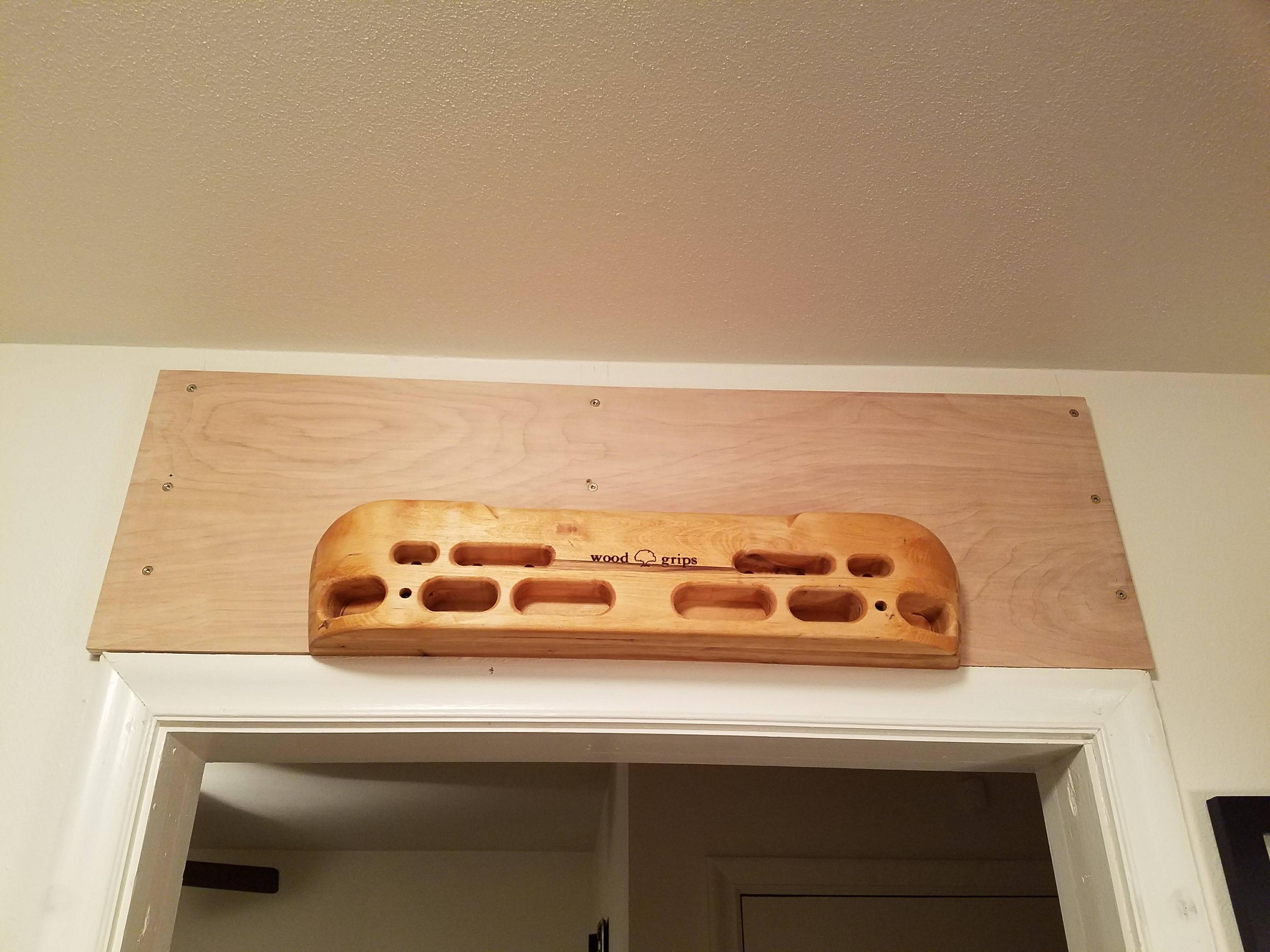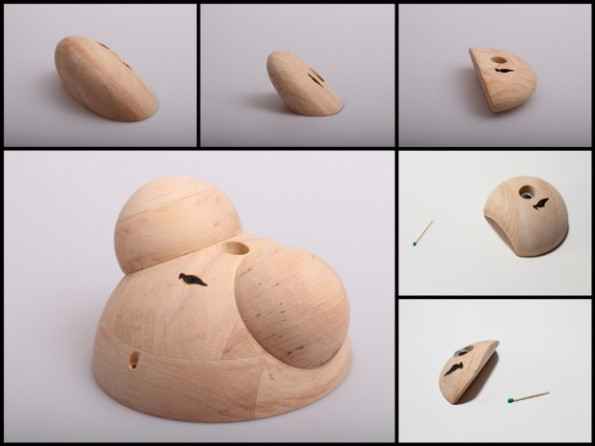I am wondering if douglas fir is a strong enough wood to use for this purpose.
It might be, but it would depend on a few factors. These include how it's used (force relevant to the grain direction), whether the wood is bare or has a finish applied, and whether solid pieces or glued-up sections are utilised — one or two pieces pictured in the Question aren't made from the solid so they are glued assemblies. And when doing this the strength of the glue joints would be absolutely critical to strength because get it wrong and glue joints are weak, get it right and glue joints are as strong or stronger than the wood itself.
But the main thing at the end of the day is likely to be the selection of the stock to begin with. If you take two random pieces of fir from a pile one might have much closer ring spacing than another (where they might be as much as a finger width apart) and the first piece will be significantly stronger than the second piece. This is true of all common softwoods because the light-coloured bands are much softer material than the dark bands. The dark rings are tough and strong, the light wood in between is soft (easily dented with a fingernail) and much much weaker.
Anyway, whether fir might be strong enough I think is a question that can be put aside by looking at the wood chosen for the pieces pictured.
Hardwoods
If fir were a good choice (or even good enough) I think there's a good chance they'd have used it, but they haven't and instead they made them from what looks like maple.
Maple is in many ways an ideal choice for this sort of thing being a very strong close-grained hardwood, relatively easy to get and usually not too expensive. A quick Google search has shown me that oak is also used (red or white I can't tell).
I found it much cheaper than oak at home depot, since they only had oak in decorative pieces for stairways.
You really need to look for other sources of wood in order to be able to reliably buy good stuff. A specialised seller, what might be called a lumber yard where you are (UK: timber merchant), is a much better place to purchase wood.
Not only do they have a better selection (by an order of magnitude!) the wood will likely be far better quality to begin with, handled better so that there will be fewer issues related to poor storage, and still be cheaper than from somewhere like HD. In the US individual lumber yards will have differing prices for various species of wood depending to some extend on what is available locally, but the standard hardwoods including oak and one or more types of maple will generally be relatively inexpensive all across the country.
I'm also looking for any general advice for building some holds that won't break on me.
Because of the SE format this should be asked separately, if necessary splitting your query up into individual Questions on each aspect of shaping and assembly, and then finally mounting.



